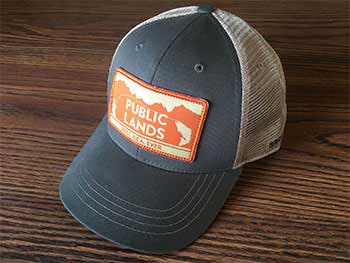Where
The Tongass encompasses 17 million acres of public land, spread across much of Southeast Alaska. It’s a wonderland of hulking hemlock, spruce and cedar western hemlock, Sitka spruce, western red cedar and yellow cedar trees, dotted with thousands of mist-covered islands, deep fjords, tidewater glaciers and soggy muskegs that’s home to many of Alaska’s iconic creatures, including North America’s highest density of brown bears. Some 17,000 miles of pristine creeks and rivers flow through Tongass, providing habitat for an incomprehensible number of salmon…hence the nickname, America’s Salmon Forest.
Tongass National Forest
Why
Casting to freshly arriving schools of salmon and opportunistic dollies against a lush rainforest backdrop is one of angling’s most memorable experiences. “There are 5,000 streams in the Tongass, and many don’t realize that most of them fish well beyond the summer months,” said Mark Hieronymus, Sportfish Outreach Coordinator for Trout Unlimited’s Alaska Program, and longtime Southeast Alaska guide. “Some rivers have three runs of pink salmon (humpies) or summer and fall runs of Coho and chum. From April to October, you can find good fishing for salmon or Dolly Varden.”
For a certain sort of angler, the Tongass holds a special treasure—spring runs of steelhead.
“There are more than 300 documented steelhead streams in the Tongass, but there are probably many more,” Hieronymus continued. “A lot of the water is intimate, and the runs are small—less than 200 fish. They aren’t easy to find, but rewards can be great. I’ve had times where I’ve returned to a river I fished a few weeks back, and my footprints are the only human sign…though there might be bear prints alongside.” (Conversely, the Situk in Yakutat, has immense spring steelie runs, sometimes in excess of 10,000 fish.)
I’ve had times where I’ve returned to a river I fished a few weeks back, and my footprints are the only human sign…though there might be bear prints alongside.
Mark HieronymusLocal knowledge
Don’t ignore top water presentations. “Lots of anglers think that top-water flies won’t work here,” Hieronymus explained. “But I’ve seen dollies swim up through pods of salmon to take a dry fly. Fishing dries, you won’t find yourself snagging salmon left and right. Dead-drifted dries work on pinks too, and Coho take top water flies like crazy.”
Support public lands and look good doing it!

TU Initiatives
Decades of logging and road building has left portions of the Tongass degraded while new proposals to privatize large swathes of the Tongass pose a growing threat. Through a diverse alliance of local fishermen, scientists, land managers and others, TU is working to restore impacted watersheds and to protect the most important in-tact areas for fish and wildlife, affectionately referred to as the “Tongass 77.” After years of determined and persistent work by TU and its partners, the U.S. Forest Service made the Tongass 77 off-limits to old-growth logging in 2016. While this is a major victory for fish and wildlife, TU and its partners continue to push for permanent protection for the Tongass 77 and are working to help ensure the Tongass, and its spectacular fishing, remain public and open for future generations.
Make a Difference
Known as America’s Salmon Forest, the Tongass needs your support. With abundant salmon runs, large deer and bear populations and incredible scenery, the Tongass serves as the foundation for a $2 billion economic industry in Southeast Alaska, accounting for 25 percent of jobs in the region. Make a difference today.
